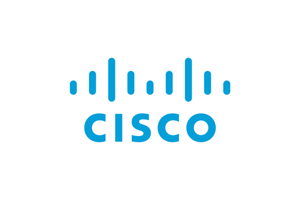Cybersecurity
Delivering effective programs and tools for addressing cyber threats
Download Our Security Transformation Guide
Protect Your Present, Fortify Your Future
A modern misconception that lasts today is cybersecurity only impacts your business. In fact, cybersecurity affects everyone’s business. While enterprise organizations are often targeted, the consequences of an attack can significantly damage people and their lives. In our connected world, breaches and hacks have far-reaching implications.
It starts with an understanding of the current state of your environment and, specifically, your security posture. When you’re looking at the other aspects of what makes an organization vulnerable, both understanding and then reducing what those risks are equally important. These risks will vary from organization-to-organization and from sector-to-sector.
From there we'll help you develop a security program that supports your organization’s business goals with an outcome-based approach that considers threats and risks. The goal should be reducing risks to the organization without getting in the way of the business.
Cybersecurity vs Cyber-Resiliency
Shifting from a traditional cybersecurity to a cyber-resiliency strategy is an understanding that it is not possible to fully prevent the onslaught of phishing, ransomware, malware, identity fraud and advanced persistent threats hitting their networks on a regular basis.
Instead, security strategists are now adopting a bend-but-don’t-break approach: Detect attacks as quickly as possible and respond decisively to limit disruptions.
- Understand how your organization creates, stores, communicates, archives, and destroys information
- Identify, categorize, and enact policies and security controls to protect the confidentiality, integrity, and availability of data
- Develop a security program that supports your organization’s business goals
- Empower your users to safeguard critical data and recognize social engineering attacks
Security Program Areas
Security Program Management (vCISO)
Information Security Training & Awareness
Security Policy Management
3rd Party Risk Mangement
Information Security Incident Management
Vulnerability Management
Security Architecture
Rapid Ransomware Response
Containment, Eradication, Digital Evidence Gathering, and Forensic
Recovery and Infrastructure Remediation
Building Security Program
Working with Law Enforcement Agencies for trends and helping our customers refine their threat hunting activities (i.e., new Maze variant, RYUK, Trickbot, Cobalt Strike fileless attacks, etc.)
Our Top Cybersecurity Partners










